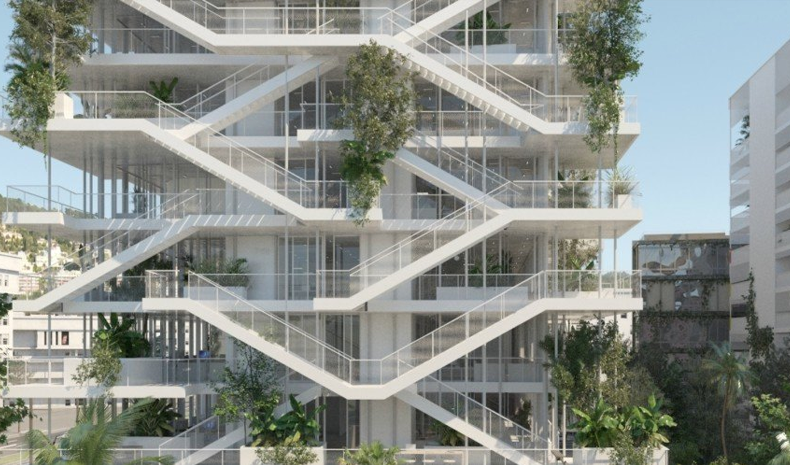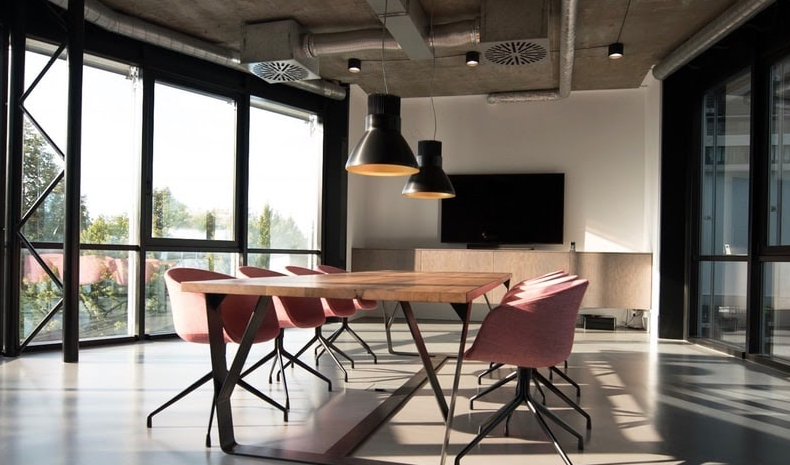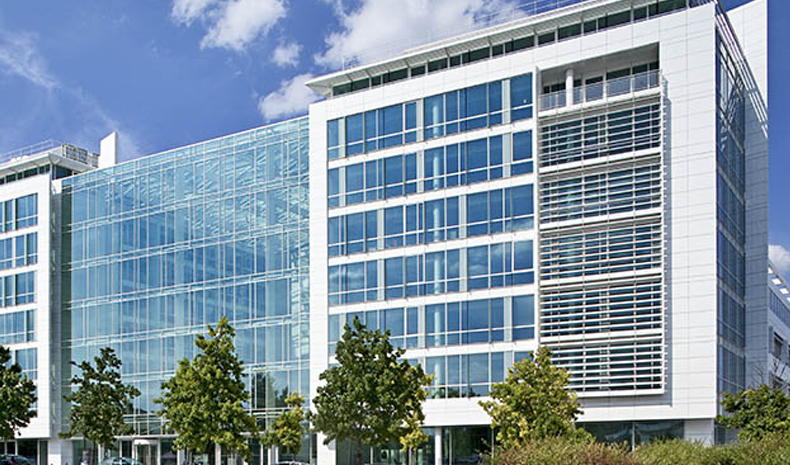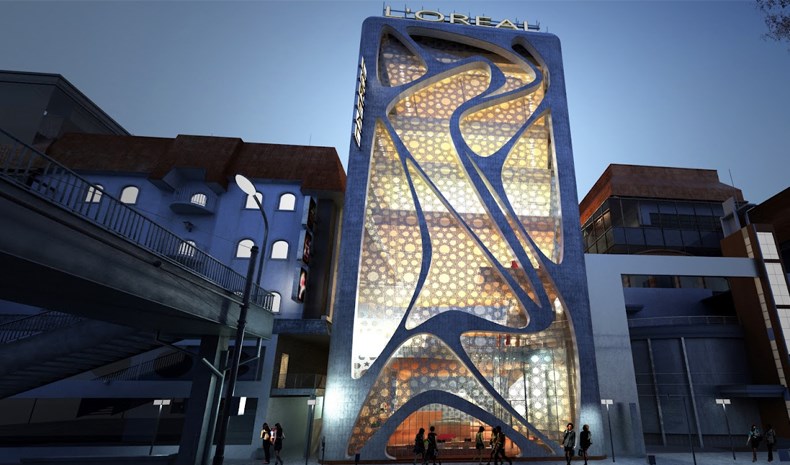The following is a guest article from Skylar Ross of Innovative Building Materials. Submit your own article or building project to be featured on the BIMsmith Blog.
Reducing overall energy costs for building projects requires focusing on increasing energy efficiency. The market today is flooded more than ever with innovative building materials that aim to help create energy-efficient office buildings.
Let’s look at some of the innovative materials taking the commercial construction world by storm thanks to their ability to increase energy efficiency and decrease energy costs.
1. Solar Shingles
Rather than using traditional shingles, some commercial building owners are opting for solar shingles instead. Like solar panels, solar shingles harness the power of the sun to generate electricity for the building. In this instance, the building actually generates its own electricity, which can cut energy costs substantially.
2. Cool Roofs
Cool roofs are a relatively new technology that helps lower temperatures of buildings. They work by reflecting the sun’s heat, rather than absorbing it to reduce energy costs. Another greener alternative to this solution is a green roof, which is a roof that’s partially or entirely covered with vegetation. They help keep the building’s energy costs down while reducing stormwater runoff, providing shade, and providing additional insulation.

3. PEX Piping
A lot of heat can escape traditional piping. That heat means that you have to crank up the AC to maintain a comfortable internal temperature. More AC usage leads to higher energy costs. Polyethylene piping (i.e., PEX piping) keeps more heat from the hot water lines inside the piping.
4. Polyiso Insulation
Insulation is one of the most vital aspects of creating an energy-efficient building. There are several insulation types on the market. However, one type has come out on top. Polyiso insulation is a foam board insulation that has the highest R-value per inch of any other insulation on the market. It’s cost-effective, durable, and environmentally friendly, too.
5. Modular Partitions
Another way to increase energy efficiency is by controlling and limiting airflow inside of the building. One way to do that is to section off the building using modular glass office walls. Glass is a terrific medium for movable walls because natural light can still flow through. The mobility of the walls is ideal for offices that don’t want to commit to a single layout but still want to increase energy efficiency.

6. SIPs
SIPs stands for structural insulated panels. Insulated foam is placed between two pieces of cement or plywood to create a panel. These SIPs are used for foundations, basements, floors, and load-bearing walls. Like ICF blocks, SIPs create incredibly energy-efficient buildings and homes by incorporating added insulation and creating panels that fit perfectly together.
7. ICF Blocks
ICF stands for insulated concrete forms. These forms are made by sandwiching a layer of concrete between two insulating panels. These panels then interlock to create incredibly energy-efficient walls. ICF construction is a construction technique that utilizes these ICF blocks to create energy-efficient buildings and homes that significantly reduce energy costs.
8. Recycled Steel
Steel is a popular material for commercial buildings. It’s durable and relatively cheap. It’s also an environmentally friendly option because it uses less energy and emits fewer CO2 gasses than alternative building materials. Metal is a terrific material for framing, siding, and roofing. When used for roofing or siding, it provides an additional benefit of reflecting the sun’s rays rather than absorbing them, further cutting energy costs.

9. Tilt-Up Panels
These panels are also part of ICF construction. Tilt-up panels are created in the same way that ICF blocks are. The difference is that they’re larger and make the building process much quicker. They’re ideal for creating energy-efficient warehouses or storage rooms in commercial office buildings. In other words, ICF blocks are used for walls that have windows and doors. Tilt-up panels are more for walls that don’t require windows.

Reduce Energy Costs with Innovative Building Materials
Energy cost consideration has to begin during the construction phase of the building. In addition to the materials above, the use of energy-efficient windows, appliances, techniques, and smart technologies are all recommended to reduce overall energy costs.
Ultimately, to reduce energy costs, you have to have a building that is incredibly energy efficient. Through innovative materials and techniques, it’s possible to have a commercial building that has reasonable energy costs.
--
Skylar Ross is a contributor to Innovative Building Materials. He is a blogger and content writer for the architecture industry. Skylar is focused on helping architects and building designers discover new techniques, find ways to save on costs, and discover new modern innovative materials to use in their next project.














